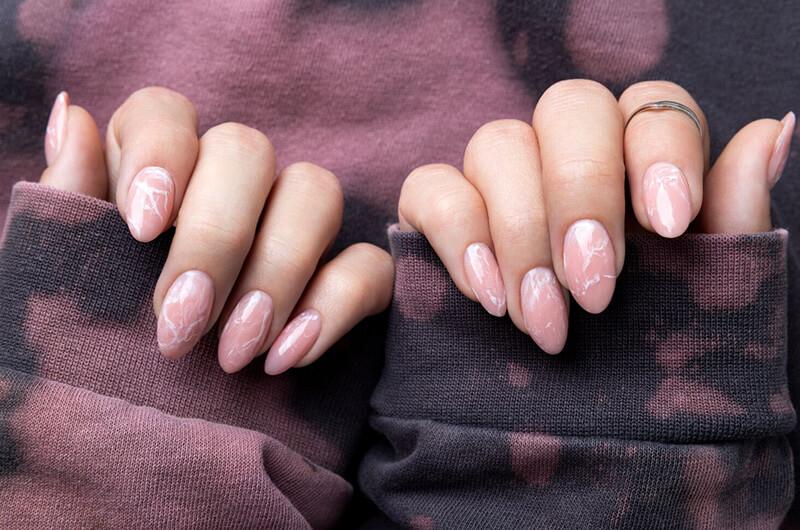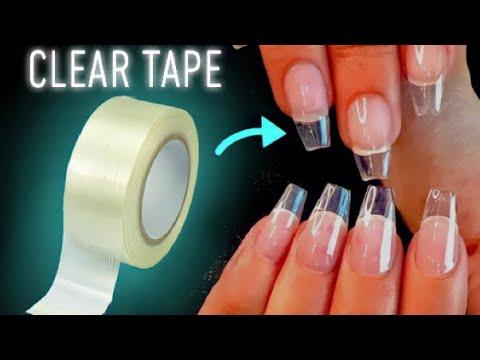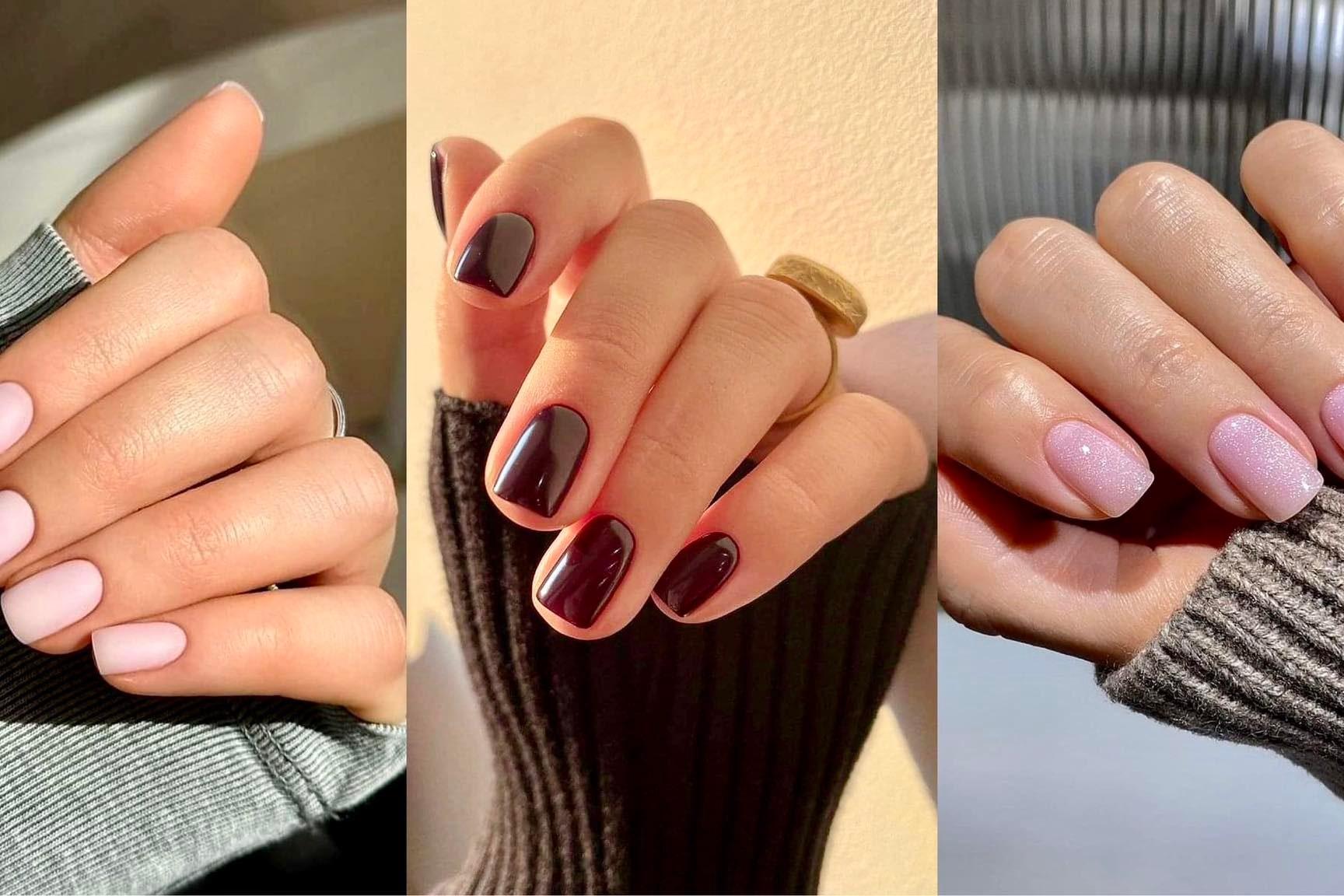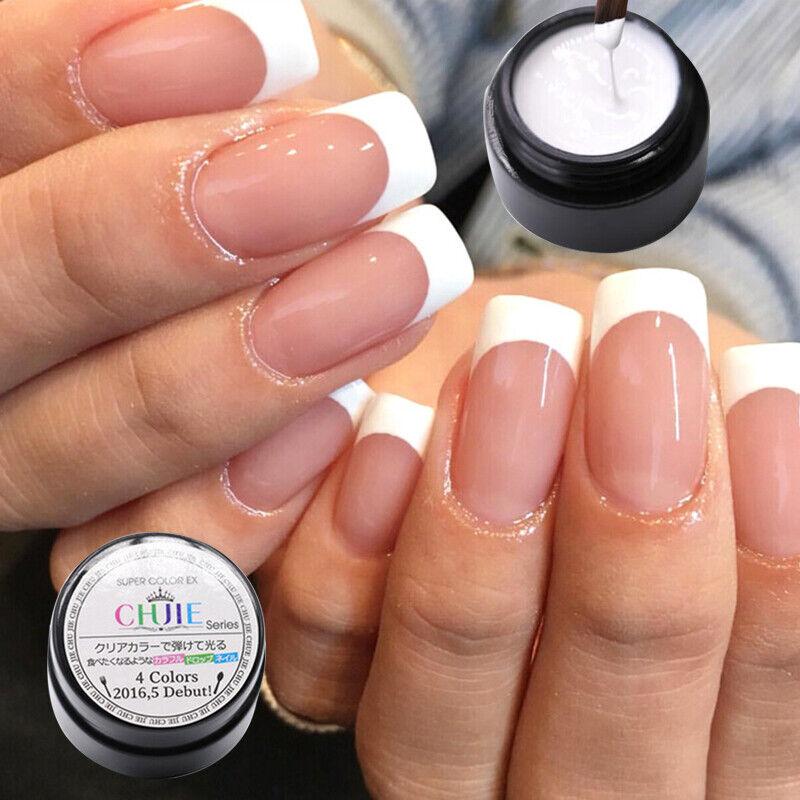Goodbye to Acrylic Nails: A Step-by-Step Removal Guide
Are you looking to nail-stickers/” title=”Add Some Flair to Your Valentine's Day with These 20 Amazing Nail Stickers!”>remove your acrylic nails? The process doesn’t have to be difficult, as long as you use the right approach. In this guide, we will take you through a step-by-step process for removing acrylic nails effectively and in a painless manner.
1) Prepare the Acetone Solution
Start by filling a glass bowl with acetone nail polish remover. Make sure there is enough solution in the bowl to fully submerge your nails for effective removal.
Next Steps in Acrylic Nail Removal:
– Gently buff the top layer of your acrylic nails with a nail file.
– Soak a cotton ball in acetone and place it on top of each nail.
– Secure the cotton balls by wrapping aluminum foil around your fingertips.
– Let your nails soak in the acetone for 30-40 minutes to ensure that the acrylic is fully softened.
After soaking, carefully remove the foil and cotton balls from your nails. Use a cuticle pusher to gently push off any loosened acrylic from your natural nails. Be patient during this process and avoid applying too much pressure to prevent damage.
2) Trim Down Your Acrylic Nails
Use a nail clipper to trim down your acrylic nails as short as possible before starting the removal process. Trimming them will make removal much easier and less painful. It will also reduce the risk of accidentally pulling or breaking the acrylic, which can cause discomfort or potential damage.
3) Soak Your Nails In Acetone
Soak your nails in acetone for at least 30 minutes using either cotton balls soaked in acetone wrapped around them with aluminum foil or plastic wrap if aluminum is not available. While soaking, take some time for self-care – put on some relaxing music, read a book and enjoy yourself while waiting for magic!
Meta Title: The Ultimate Guide to Safely Removing Acrylic Nails at Home
Meta Description: Learn how to safely remove acrylic nails at home with our comprehensive guide. Discover easy step-by-step instructions for a worry-free process.
Acrylic nails have been a popular fashion trend for decades, adding length and beauty to natural nails. However, once the time comes to remove them, many people find themselves hesitant to visit the salon. The good news is that you can safely remove acrylic nails at home with the right tools and techniques. In this ultimate guide, we’ll walk you through the process, step by step, so you can confidently remove your acrylic nails in the comfort of your own home.
Step 1: Gather Your Supplies
Before jumping into the removal process, it’s essential to gather all the necessary supplies. You will need:
Acetone: Look for 100% pure acetone for the best results.
Nail clippers: Use to trim nails down to a comfortable length.
Nail file: Smooth out any rough edges after trimming.
A bowl: Large enough to soak your nails comfortably.
Cuticle oil: Replenishes moisture after the removal process.
Step 2: Trimming Your Acrylic Nails
Start by using nail clippers to trim down your acrylic nails to a comfortable length. This step is crucial as it will make the removal process much easier and less time-consuming. Be sure not to clip too close to the natural nail to avoid causing any damage.
Step 3: Filing Down the Acrylic
Following the trimming, use a nail file to gently file down the top layer of the acrylic. This will help the acetone penetrate the nails more effectively during the soaking process.
Step 4: Soaking Your Acrylic Nails
Fill a bowl with enough acetone to comfortably soak your nails. Submerge your nails in the acetone and let them soak for 20-30 minutes. You may want to cover the bowl with a towel to maintain the warmth, which helps in loosening the acrylic.
Step 5: Removing the Acrylic
After soaking, use a cuticle pusher to gently push off the softened acrylic. Avoid using excessive force, as this can damage the natural nail. If necessary, repeat the soaking process until the acrylic is fully removed.
Step 6: Moisturize Your Nails
Once the acrylic nails have been removed, it’s essential to replenish moisture. Apply cuticle oil to your nails and massage it in, ensuring your natural nails receive the hydration
Conclusion:
Removing acrylics can be simple when done correctly. Taking care throughout each step ensures that you don’t damage your natural nails during this process while making way for beautiful natural ones sooner than later!How to Safely Remove Acrylic Nails Without Damaging Your Natural Nails
Safe Removal Method
After soaking your acrylic nails in acetone, use a cuticle stick or an orange wood stick to gently push them off. Avoid applying too much pressure as this can cause damage to your natural nails.
Preserve Nail Health
By taking the time to remove acrylic nails gently, you can minimize the risk of causing pain or discomfort and preserve the health and strength of your natural nails.
Practice Patience
Remember that rushing or applying too much force during the removal process can lead to unwanted consequences. Taking your time and proceeding methodically is essential for a smooth and safe removal process.
Post-Removal Care
Once the acrylic nails are removed, wash your hands with soap and water to eliminate leftover acetone residue. Apply cuticle oil or hand cream to nourish your nails and cuticles, promoting healthy nail growth.
Give Your Nails a Break
Consider taking a break from getting acrylic nails for a while in order for your natural nails to breathe and recover. Opting for a regular manicure or trying press-on nails as temporary alternatives can help promote healthy growth in brittle post-acrylic nail care.
In Retrospect
We hope these tips help you safely remove your acrylics without causing any damage. Always be patient when taking off your nail enhancements and prioritize the health of your natural nails throughout every step of this process.



